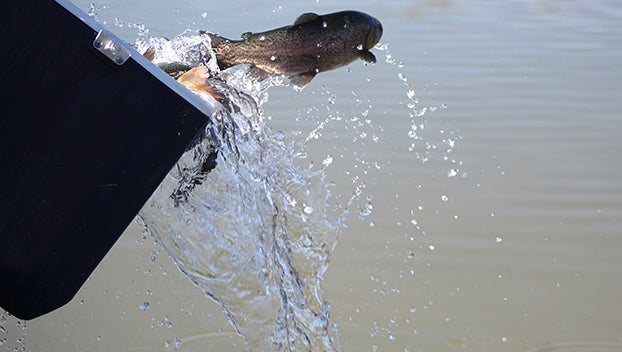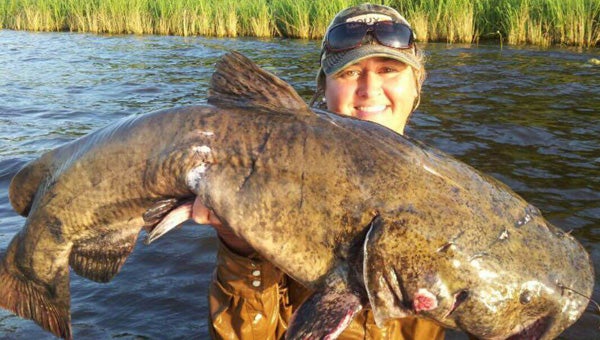St. Catherine Creek NWR adjusts to river levels to maintain wildlife habitat
Published 12:01 am Sunday, August 12, 2012
NATCHEZ — It has been a tale of two summers for the dynamic relationship between the Mississippi River and the St. Catherine Creek National Wildlife Refuge.
Last year, with the river reaching record heights, the refuge was forced to play defense to protect its buildings while the river covered a large portion of its land with as much as 30 feet of water.
This year the river is down more than 50 feet from last year’s record crest of 61.9, and refuge employees like biologist Nick Wirwa are trying to provide enough water on the refuge for migratory birds while preparing crops for ducks to eat this winter.
“The flood was good for some things but may not be good for others,” Wirwa said. “They are dynamic yearly cycles.”
Last year was a banner year for attracting wading birds and migratory shore birds to the refuge.
The flood provided plenty of mudflats for birds such as egrets, ibis, storks and countless other wading birds and shorebirds to feast upon the tiny critters that live in the mud.
“I counted up to 4,000 wood storks (at one time) during the month of August and about 4,000 egrets (last year),” Wirwa said. “This year we are seeing about 300 to 400 at one time.”
The lack of mudflats even forced the refuge to reschedule its annual event that allows guests to come observe the wading and shorebirds on the refuge.
One of the refuge’s main goals is to provide a safe haven for these birds to land and feed while they migrate, and Wirwa said he fights every day to keep mudflats available.
Wirwa does this by using pumps to flood sections of the refuge that have been plowed to turn over the vegetation with up to 6 inches of water. He said the refuge currently provides approximately 200 acres of mudflats for the birds.
Last year, following the flood, Wirwa estimated that the refuge had approximately 1,500 acres of mudflats.
But the loss for wading and shorebirds will be a gain this season for ducks and duck hunters.
Last year the river did not allow refuge workers to plant high-energy foods like corn, rice and milo. This year the lower water levels have allowed these crops to grow and that will provide plenty of treats for ducks this winter.
“There are more food sources, so we expect the hunting to be better,” Wirwa said.
Wirwa said the corn, rice and milo are like candy bars to ducks, but they also need healthy, natural vegetation, and the low river levels have allowed those to grow as well.
Several variables that go into a good duck-hunting season, but the crops on the refuge should help this season, Wirwa said.
Wirwa expects this year’s deer season to be good for hunters on the refuge as well, he said.
Last year deer hunting was restricted on the refuge due to the flood, and that allowed deer to get a year older and grow a year bigger.
“There are more deer that make it,” he said. “On Bayou Cocodrie (NWR), they were able to take deer all season, but the younger aged deer over here made it to 3 and 4 years old.”
Wirwa said hunters at St. Catherine Creek NWR should see bigger trophy deer this season due to last year’s shortened season.
Fishing on the refuge also saw a benefit from last year’s flood. The flood restocked Gilliard and Butler lakes for anglers this summer, and Wirwa said people are still having success on those lakes.





